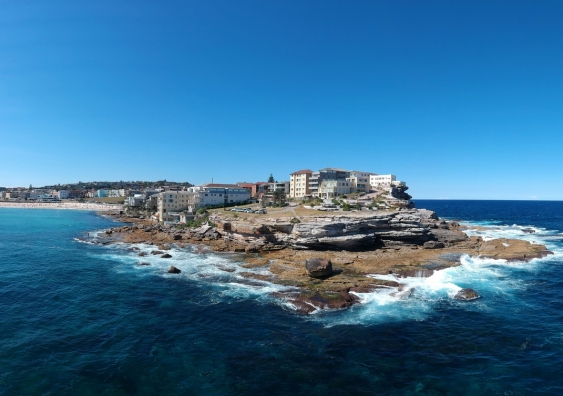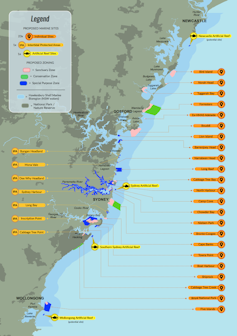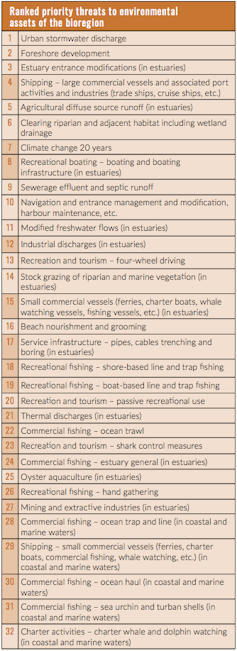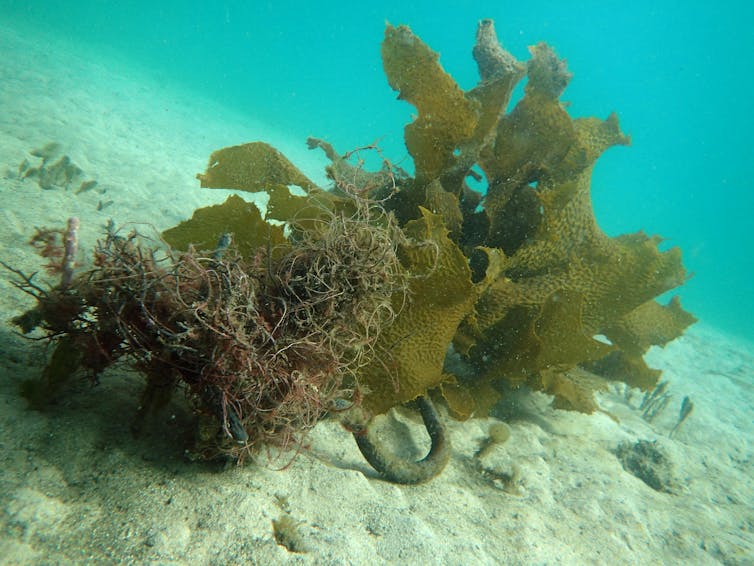The backflip over Sydney's marine park is a defiance of science
The New South Wales government has turned its back on plans to create sanctuary zones covering 2.4% of waters around Sydney, despite evidence that these 'no-take' areas are crucial for protecting fish.





